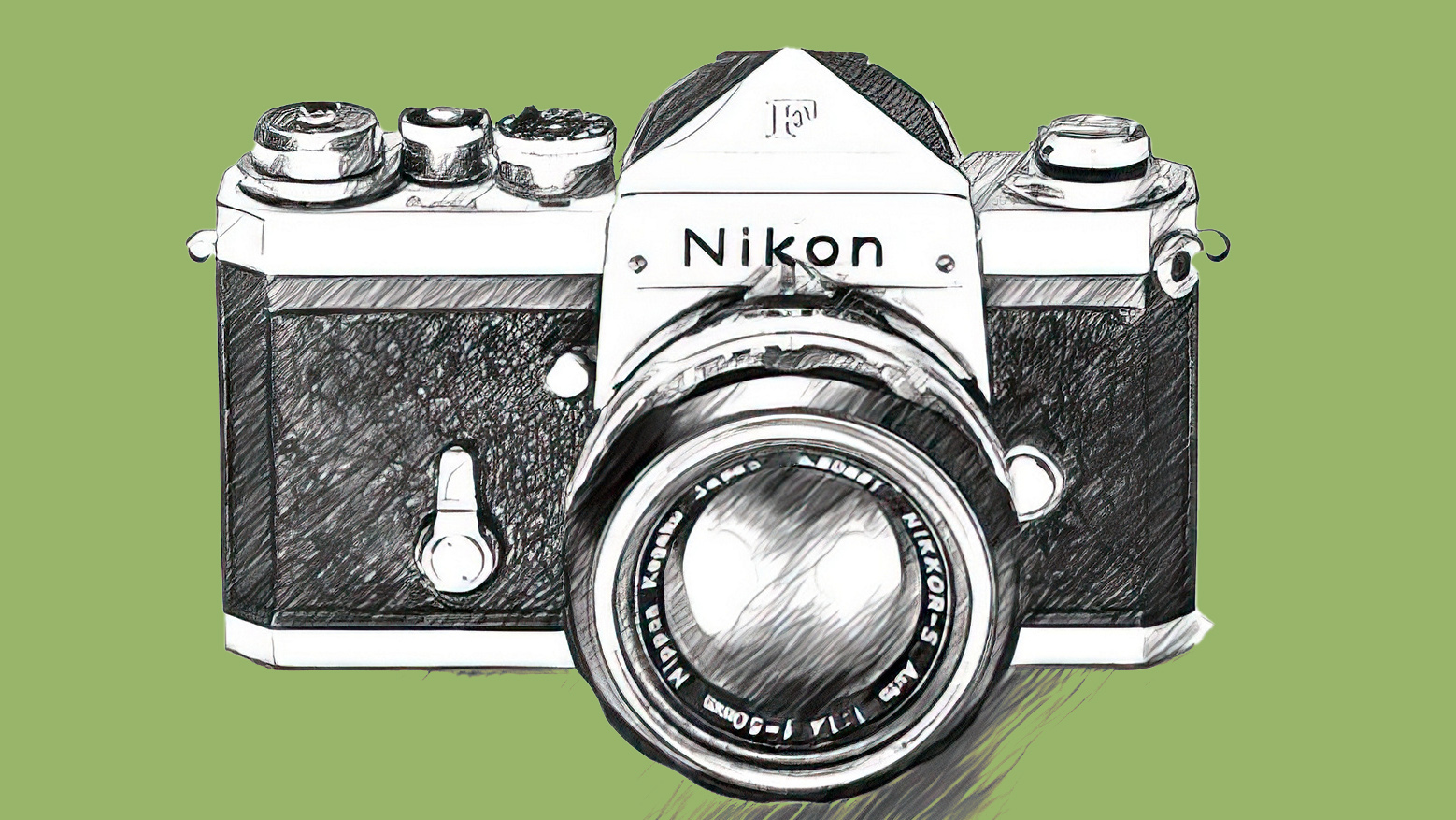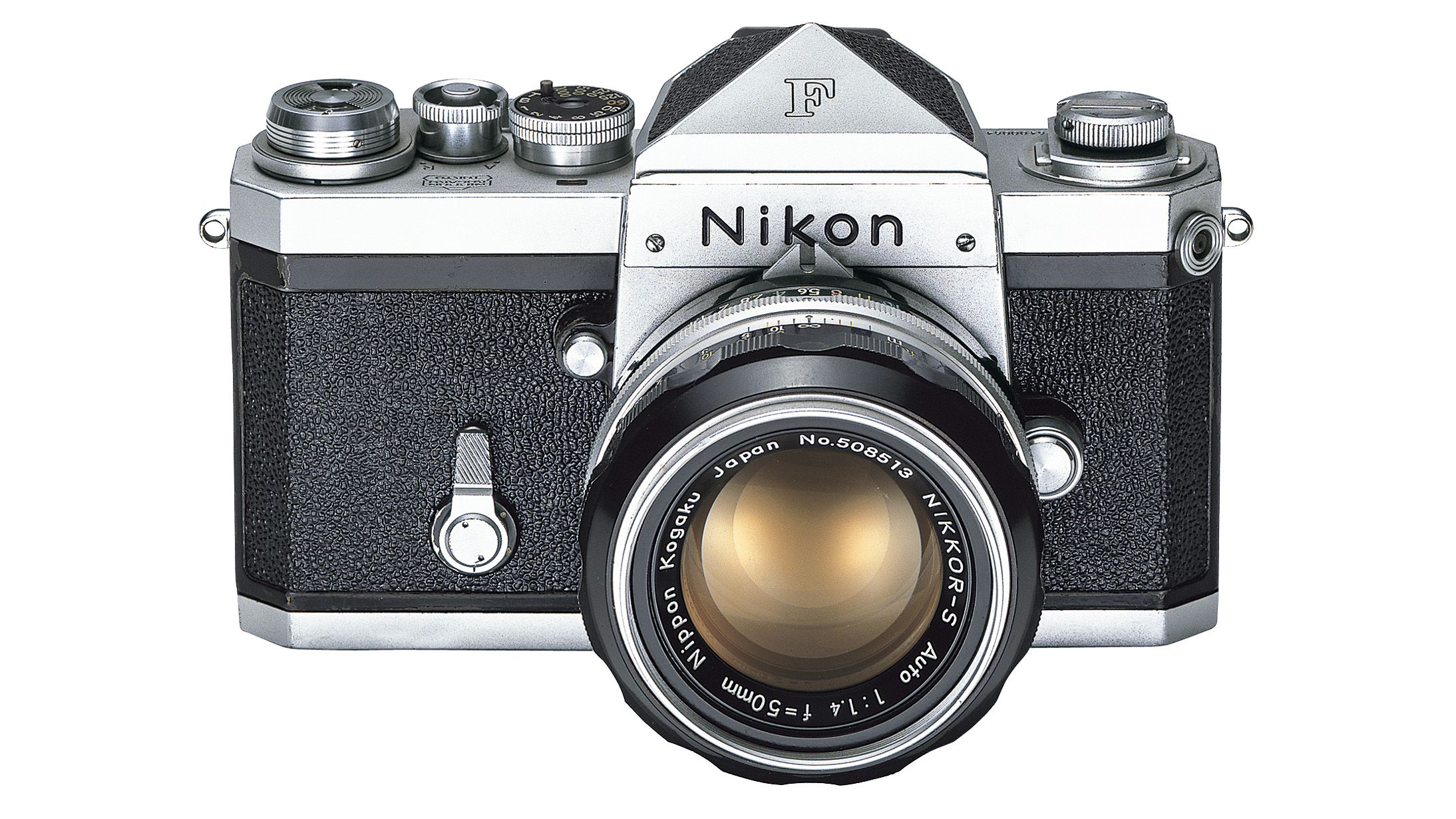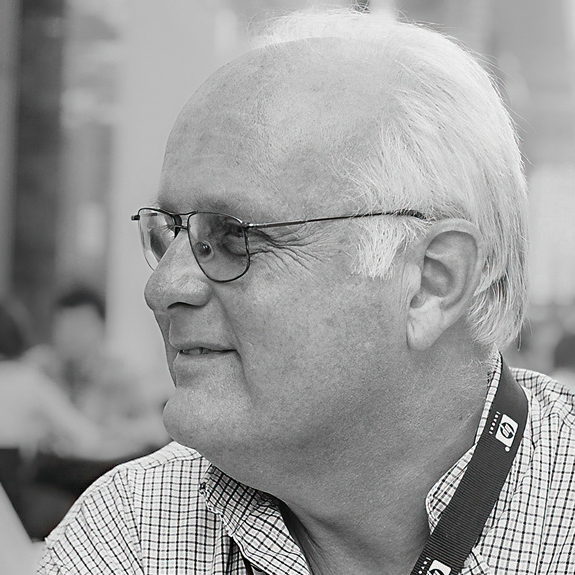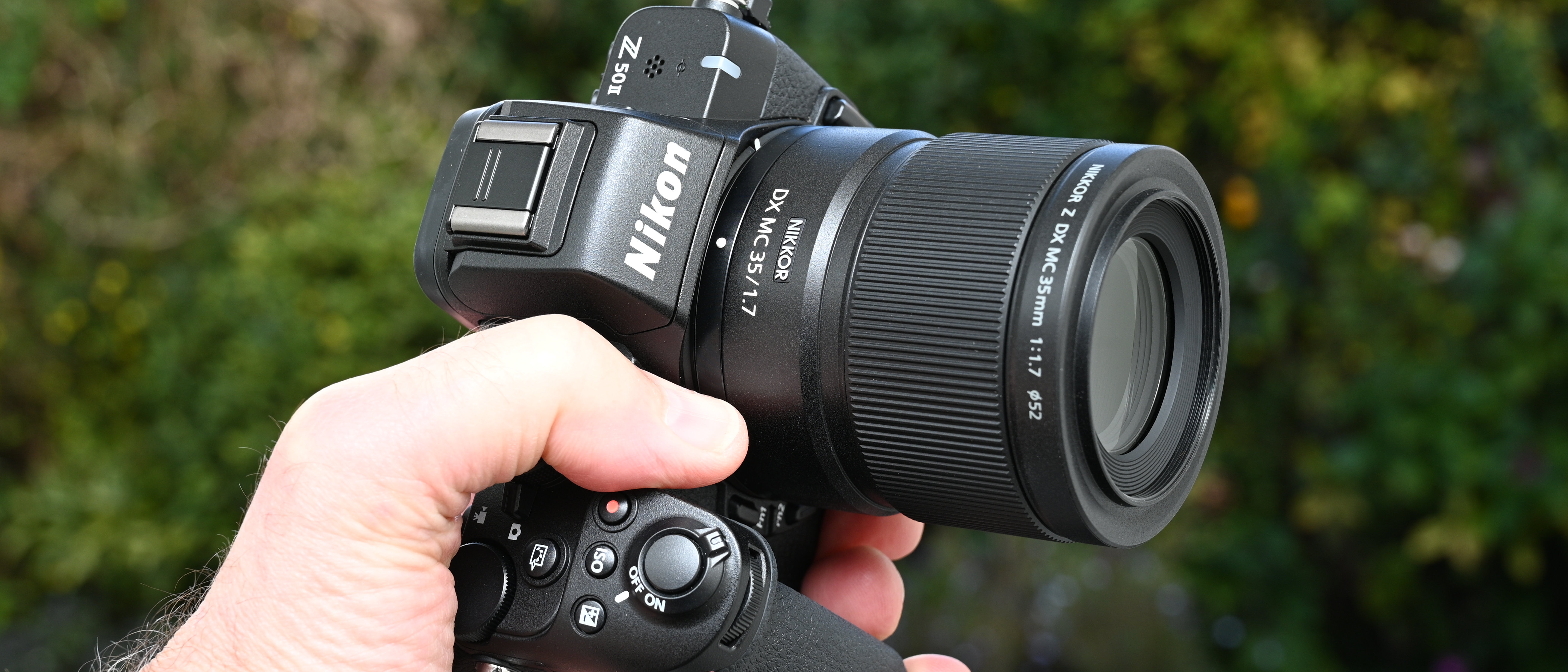This is the one camera I truly regret selling – the first TRUE system camera that rewrote the rulebook for pro photography
Nearly 60 years after I bought it, I still regret selling this incredible camera

In the 1950s, several things were happening. Among news photographers in particular, there was a shift away from the large and heavy 4x5-inch ‘press cameras’ to 35mm cameras.
Almost simultaneously, single-lens reflex cameras (SLRs) were beginning to replace rangefinder cameras – particularly for more complex tasks, which made professionals, at least, lean towards “system cameras” that could do almost anything with the right accessories.
Combined with a growing acceptance of Japanese cameras, something like the Nikon F was inevitable.
Nippon Kogaku (now Nikon) took advantage of the Korean War to interview countless war photographers taking breaks in Japan. It asked them what they liked about their cameras and, more importantly, what they disliked – no matter what the brand.

It was market research at its most basic. Then it set out to give photographers exactly what they wanted.
Nikon based its design on their very rugged Nikon S, but stole the control layout, the rapid film-wind lever and the titanium foil shutter from its newest, top-of-the-line Nikon SP rangefinder.
It added a box in the middle, to allow for the mirror, and added both an instant return mirror and a fully automatic diaphragm, making It an incredibly fast camera to use.
The best camera deals, reviews, product advice, and unmissable photography news, direct to your inbox!
The viewfinder was brighter and more evenly illuminated than most SLRs at the time, thanks to the Fresnel and condenser lenses just below the focusing screen. And the pentaprism was made removable, so waist-level finders could be used.
This feature alone future-proofed the camera, by later enabling the Photomic series of different eye-level finders to be made with built-in CdS metering – and eventually TTL metering. By 1959, the Nikon F was ready.

The Nikon F was not the first with any of these innovations, but it was the first to incorporate them all in a professional-grade body. Since the final body dimensions (except for depth of the mirror box) were quite close to those of the SP, it was an SLR that could finally compete with rangefinders for ease of use and compactness with only a slight increase in weight.
Over the following years, Nippon Kogaku created a true 'system' camera with a myriad of lenses and accessories, making it possible to do almost any photographic task with a Nikon F. It was so successful that the camera had the longest production run in Japanese history, ending in 1974 with some 862,000 units made.
It was followed by a series of successful F models in subsequent decades, ending with the F6 – which was made from 2004 to 2020. A remarkable run for a film camera, in a digital age.
I bought my own F in 1966 and took it back to Japan in 1973. There I acquired a Nikon-made, steel-lined, leather camera bag, custom fitted for the F – one never sold outside Japan. Of the many cameras I have owned in the nearly 60 years since, my Nikon F is the only one I truly regret selling.
Find out more about photography's past in David Young's book, A Brief History of Photography.
You might also like…
Take a look at the best film cameras you can buy today – or read other articles in David Young's Classic Cameras series.

David Young is a Canadian photographer and the author of “A Brief History of Photography”, available from better bookstores and online retailers worldwide.
You must confirm your public display name before commenting
Please logout and then login again, you will then be prompted to enter your display name.
